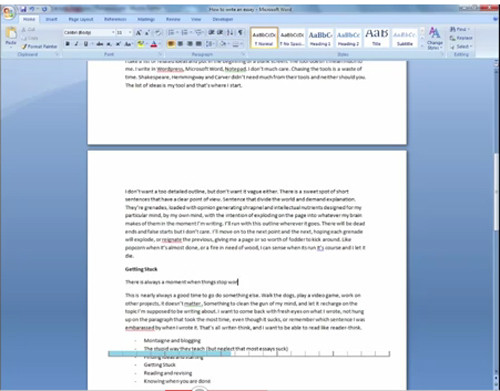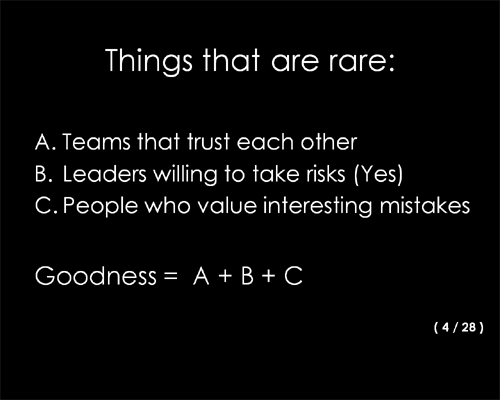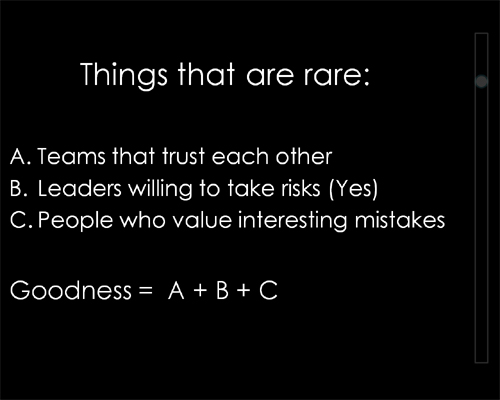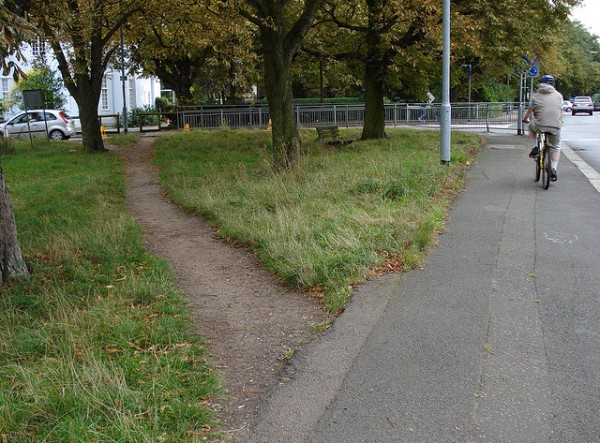Open letter to college graduates
Dear college graduates:
I will share what no one told me when I graduated: live for yourself. Do not make life choices based on what parents, girlfriends, boyfriends or buddies will judge you for doing or not doing. Be wary of people who tell you about regrets – they are projecting theirs onto you. At 21 it is far harder to figure out how to live for yourself than you think. You probably haven’t yet discovered that you don’t know who you are.
Eventually you may find living for yourself hinges on living with and for others, but you’ll need to live for yourself first to find that out. Spend an hour a day believing nothing – it will be good for you. Some of the best things about college are what you unlearn.
Make bets. For every day since you entered kindergarten there have been safe choices waiting for you. Go to elementary school. Go to high school. Go to college. You’ve done all the safe choices already. Don’t die with a headstone that merely says “was safe”. Make some bets. Expect to lose some, and be open to surprise about which ones. Your profit in all outcomes will be to figure out who you are. If you were good at playing it safe, your mistakes and failures will be the first things in your life that are truly your own.
Move. Escape your house / town / state / country for a time. Every year that goes by in a career makes it harder to ever wander again. Work as hard as you have to, doing shit jobs, if it lets you get out of your hometown. See something else. Don’t complain about your old stomping ground as if it were the world. You’re still a kid – go see something before you decide anything. If you go somewhere you hate, you can always move somewhere else. That’s the upside of learning how to move.
Stay in touch. The surprise of my degree was the people I met – my education could have been obtained elsewhere, but the collection of insane and wonderful people I met would be hard to replicate, many of whom I’m friends with today. Had I been less of a fool, I’d have stayed connected to more of them. Don’t be shallow – don’t use people. But do stay connected with the people you have bonds with. You’ll lose most, but you can help pick which ones you’ll keep.
Accept the Paradox. The confusion you feel about what to do or where to go may never leave you, and that’s OK. Don’t wait around expecting it to resolve itself. Graduation does not guarantee clarity. Most people twice your age don’t know what to do with their lives either – why believe you should have it all figured out now? Certainly try, but know the odds. Make commitments and work for goals, but never believe their utility is persistent or guaranteed.
Believe in work. All things equal, those who put more in, get more out. If you can’t find the job you want, make it. Do it for free, and do it better, and you’ll find someone who will hire you. It may not be easy to get what you want, but if you swallow your pride and put in more passion than the slackers, you’ll be rewarded. Not by the universe, but by your self-respect.
Best wishes.


 [This is an excerpt from the
[This is an excerpt from the 
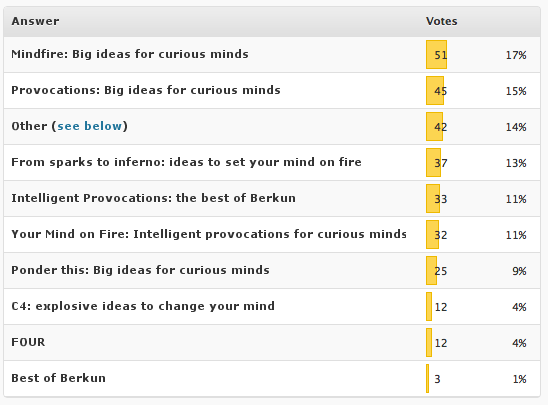
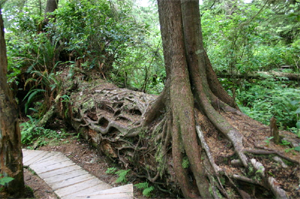 The U.S. Senate, and all governments, are dominated by leaders born decades before the rise, and fall, of fax machines. Obama is the first president in history with an email, and not paper, centric work lifestyle. Many Fortune 500 companies are led by people whose email is printed out for them, or for whom blogs, Facebook and twitter, are, to them, toys for their grand-children.
The U.S. Senate, and all governments, are dominated by leaders born decades before the rise, and fall, of fax machines. Obama is the first president in history with an email, and not paper, centric work lifestyle. Many Fortune 500 companies are led by people whose email is printed out for them, or for whom blogs, Facebook and twitter, are, to them, toys for their grand-children.
